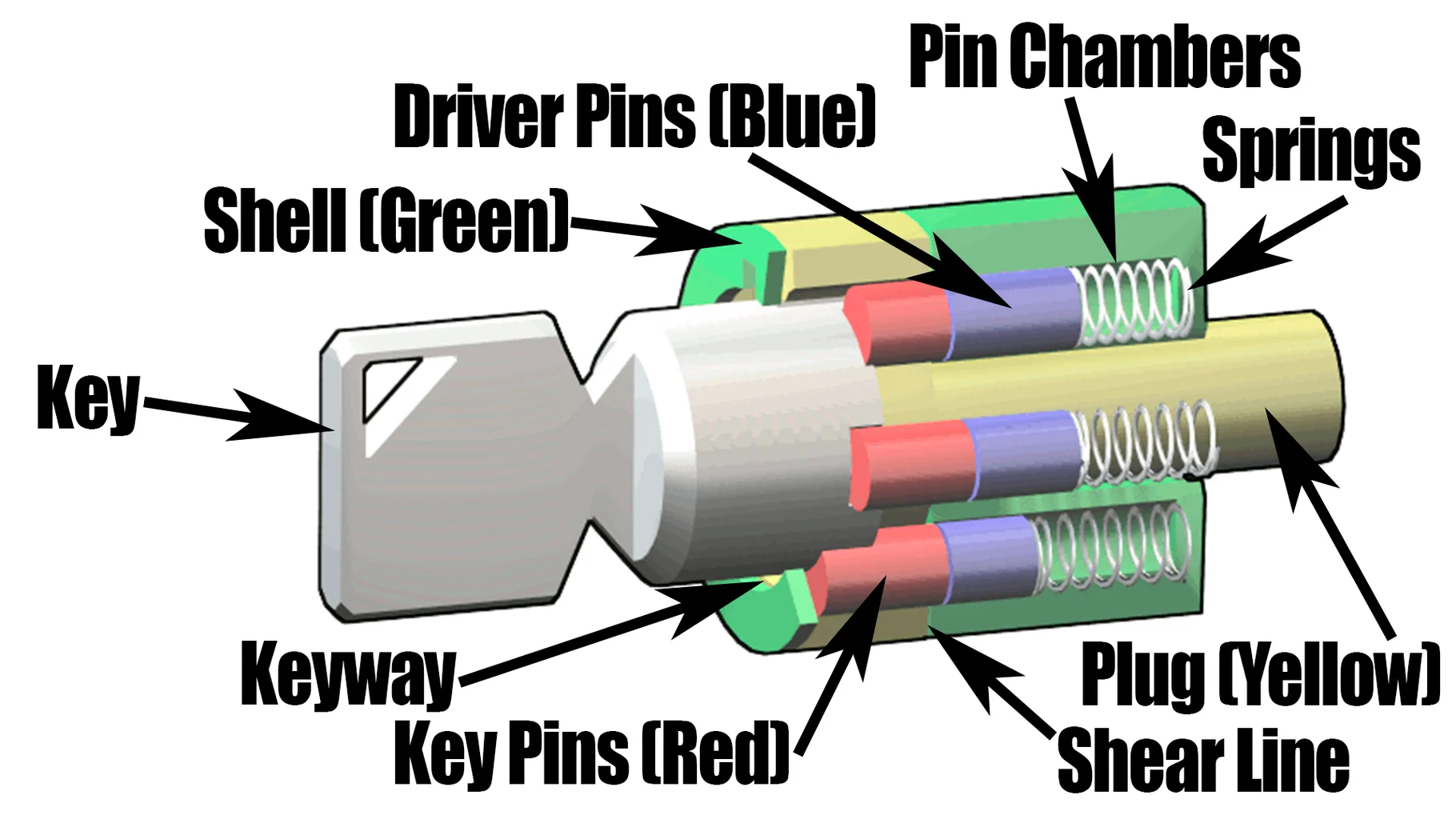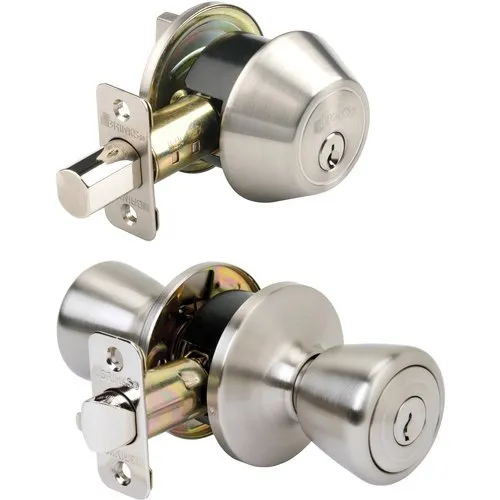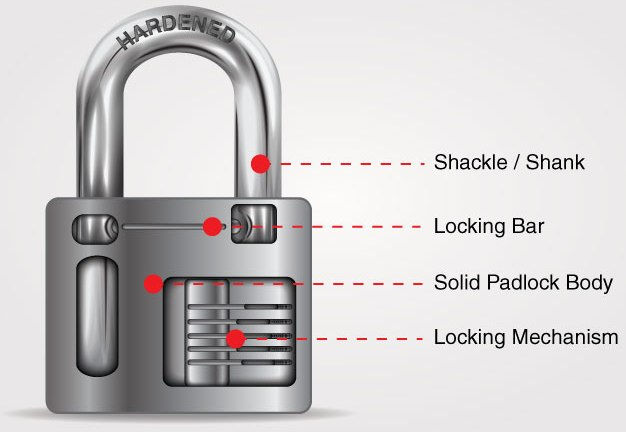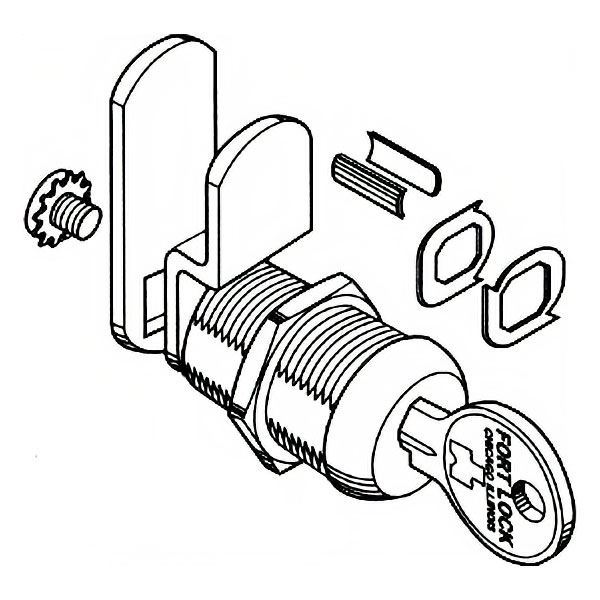LearningHub
Different Types Of Locks
There are various types of locks, each designed with specific features and mechanisms to provide security in different situations. Here are explanations of some common types of locks:
- Pin Tumbler Locks:
- Mechanism: Pin tumbler locks are the most common type, consisting of a series of pins of varying lengths within the lock cylinder. The correct key lifts these pins to align at the shear line, allowing the lock to turn.
- Wafer Locks:
- Mechamism: Wafer locks use flat, spring-loaded wafers instead of pins. The correct key lifts these wafers to align with the shear line, enabling the lock to open. They are often found in automobile locks.
- Tubular Locks:
- Mechanism: Tubular locks have a cylindrical keyway and use pins arranged in a circular pattern. The key, which is also tubular, lifts these pins to unlock the mechanism. Commonly found in vending machines and bicycle locks.
- Mortise Locks:
- Application: Mortise locks are commonly used in commercial and residential doors.
- Design: They have a rectangular body (the mortise) that fits into a recess in the door. Mortise locks often include a deadbolt and latch mechanism.
- Deadbolt Locks:
- Application: Deadbolts are often used as supplementary locks in addition to other primary locking mechanisms.
- Design: They consist of a solid metal bolt that extends into the door frame, providing enhanced security. Single-cylinder deadbolts use a key from the outside and a thumbturn inside, while double-cylinder deadbolts require a key for both sides.
- Padlocks:
- Design: Padlocks are standalone locks often used in various applications, such as securing gates, lockers, or chains.
- Variations: They come in various styles, including combination padlocks, key-operated padlocks, and shrouded padlocks (with extra protection around the shackle).
- Cam Locks:
- Application: Cam locks are commonly used in cabinets, mailboxes, and filing cabinets.
- Design: They consist of a cylindrical lock with a rotating cam. Turning the key or using a tool rotates the cam, securing or releasing the locking mechanism.
- Smart Locks:
- Technology: Smart locks use electronic or wireless technology to provide keyless entry.
- Features: They can be controlled through smartphones, key fobs, or biometric features. Some smart locks offer features like remote access, activity logs, and integration with home automation systems.
- Euro Cylinder Locks:
- Common in Europe: Euro cylinder locks are widely used in Europe for doors and offer a high level of security.
- Design: They consist of a cylinder with a removable core. Euro cylinders are often found in UPVC and composite doors.
- Rim Locks:
- Application: Rim locks are commonly used in wooden doors.
- Design: They are surface-mounted on the interior surface of the door. Rim locks often include a latch and bolt mechanism.










Understanding the different types of locks can help individuals choose the right security solution for their specific needs and applications. The choice of lock often depends on factors such as the level of security required, the type of door or entry point, and personal preferences.